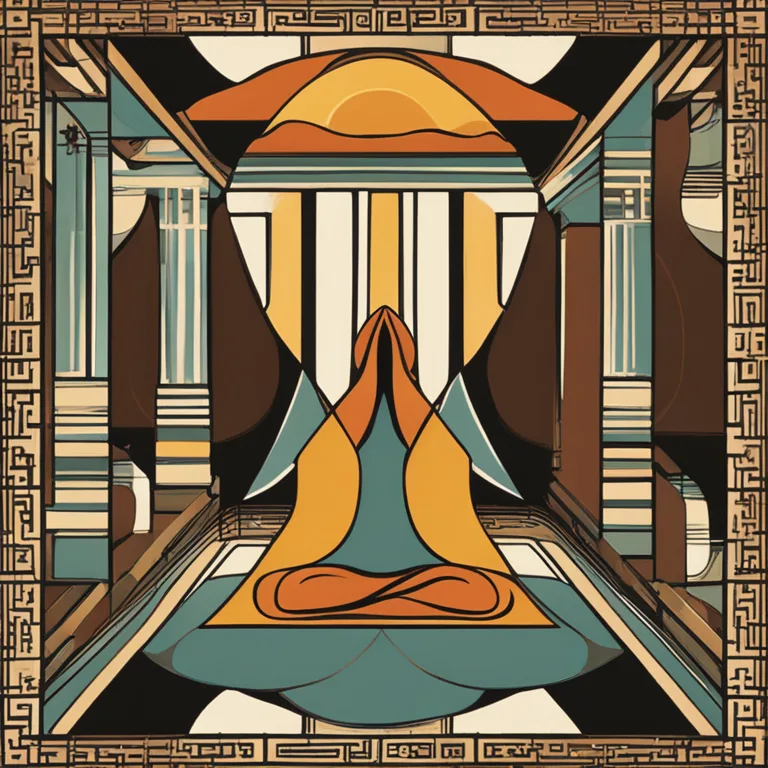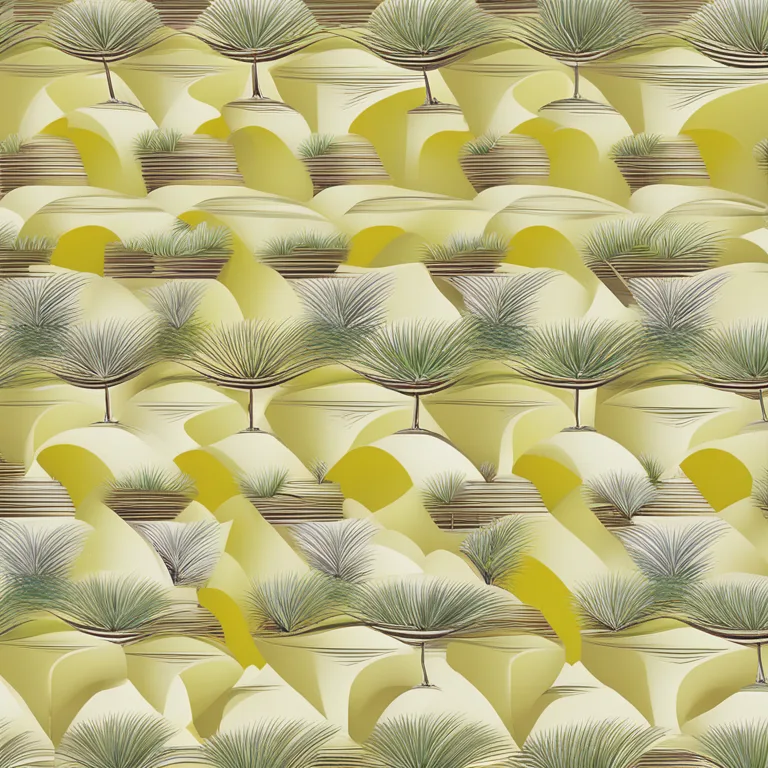
Fingers & Meditation: A Guide
Discover how to use finger positions in meditation for balance, focus, and energy alignment in our comprehensive guide.
article by Hina Kurosawa
Introduction to Finger Meditation
Meditation has been a cornerstone of spiritual practices for millennia, incorporating various techniques that utilize the body, breath, and mind. Among these, finger meditation—also known as "mudras" in certain traditions—has emerged as a potent method to enhance focus and flow of energy during meditation. Mudras involve specific finger and hand positions that are believed to influence the energy within the body and the surrounding environment. As we advance into 2024, the fusion of ancestral wisdom and modern mindfulness practices brings these techniques to the forefront of holistic well-being.

The Science Behind Finger Gestures
Recent studies have started to examine the effects of mudras on psychological and physiological states. These gestures are thought to stimulate different parts of the brain, creating a feedback loop that can lead to increased concentration and a calmer mental state. Even as neuroscience continues to map out the intricate connections between body and mind, meditation practitioners have been experiencing the benefits of these intricate hand gestures, finding solace and strength in their daily practice.

Gyan Mudra for Wisdom and Clarity
One of the most commonly practiced mudras is the Gyan Mudra, or the mudra of knowledge. To perform this, the tip of the index finger touches the tip of the thumb, while the other fingers remain extended but relaxed. This gesture is often used to increase concentration and sharpen focus, making it a valuable addition to one's meditative practice. Traditionally, it has been associated with the element of air, symbolizing expansion and vastness, akin to the realm of the mind.

Anjali Mudra for Centering and Balance
Anjali Mudra, frequently seen at the heart in a prayer position, involves pressing the palms together with fingers pointing upward. This mudra is multifaceted, promoting centering, balance, and a sense of unity with oneself and the environment. Used at the beginning or end of a meditation session, it helps to honor the sacredness of the practice and serves as a gesture of gratitude and respect.

Dhyana Mudra for Deep Contemplation
The Dhyana Mudra is specific for deep meditation and contemplation. The right hand rests on top of the left hand, palms facing upward, with the thumbs touching to form an oval, symbolizing the wheel of Dharma. It is believed to create an energetic circuit that supports attentive tranquility, aiding the practitioner in maintaining a state of deep meditative focus.
Benefits Beyond Meditation
While traditionally used within the context of meditation, incorporating mudras into daily life can be beneficial. These gestures can be employed during various activities such as yoga, breathing exercises, or even while walking or waiting in line. Having these simple but powerful tools at our fingertips (literally) offers continuous opportunities for mindfulness and energy regulation throughout the day.
Conclusion: Integrating Finger Meditation
Incorporating meditation techniques with fingers into a daily routine provides a convenient and accessible way to promote mental clarity, emotional balance, and energetic alignment. Whether one is well-versed in meditation practices or just beginning their journey, finger meditations offer a nuanced dimension to study and exploration. As we continue to embrace mindfulness in 2024 and beyond, these ancient techniques will likely gain even wider recognition for their potential to enrich our modern lives.
Published: 12/20/2023
Modified: 12/20/2023
More predictions
Come back here soon to learn more about yourself and your future


Meditation Made Simple
Discover simple meditation techniques perfect for beginners. Integrate mindfulness seamlessly into your daily routine for a more balanced life.


Building A Daily Meditation Habit
Embrace serenity and enhance well-being with simple, everyday mindfulness meditation exercises.


Mindful Sketching: Blending Art With Presence
Delve into the serene practice of meditation and mindfulness drawing to foster inner peace and creative expression.